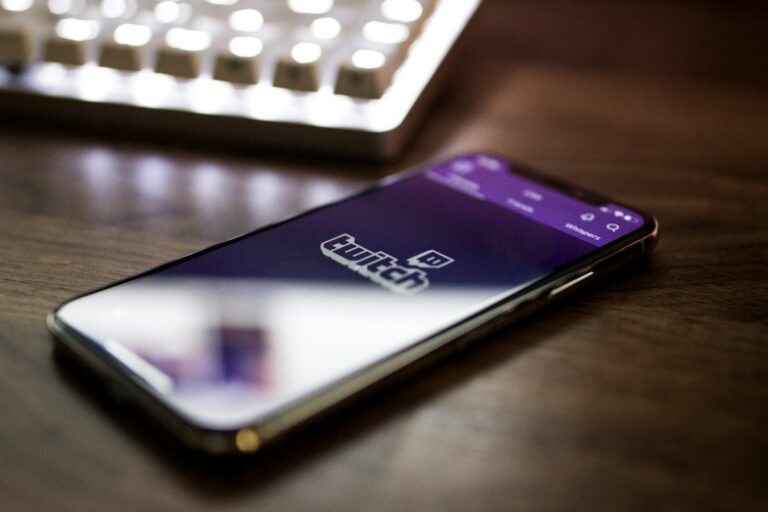However, additional revenue-sharing adjustments may result in a salary increase for many artists.
Amazon, like many other major technology companies, is striving to reduce its expenses. Recently, the Twitch section of the company lay off 35 percent of its head count, which amounted to little over 500 employees. However, the company is now lowering the amount of money that broadcasters make from each membership to Twitch Prime.
Any individual who is a member of Amazon Prime has the ability to donate a Prime subscription to their preferred Twitch streamer at no additional cost. The amount of money that streamers receive from Twitch Prime subscriptions is equivalent to the amount that they receive from a basic paid subscription ever since the program was introduced in 2016. That, however, is going to change.
Beginning on June 3, Twitch will transition to a fixed-rate model that will base Prime payouts on the location of a Prime subscriber (as well as the amount of money they pay for Amazon Prime).”We believe this is the right structure for the program going forward and are making this change to ensure that the monthly Twitch subscription available to Prime members is a long-term, sustainable benefit for the Twitch community,” CEO Dan Clancy stated in a post on his website.
Clancy reports that the payment rate is decreasing by less than five percent in the majority of countries, but there are decrease rates that are significantly higher in other countries. For example, a Prime subscription from a viewer in the United States will soon be worth $2.25 to a streamer, which is a decrease from the current value of $2.50. Those are ten percent fewer than before. In the near future, a Prime subscription from a viewer located in the United Kingdom will be worth $1.80, yet a subscription from a viewer located in Turkey will only pay a streamer nine cents.
Along with tips and regular paid subscriptions, Prime subscriptions are only one of the ways that streamers may earn money on the network, as Clancy points out. Other possibilities include regular paid subscriptions. Additionally, he made an announcement regarding some modifications to the Partner Plus program, which is intended to provide smaller producers with a larger portion of the pie.
It is becoming considerably simpler for content creators to take advantage of the enhanced income sharing that Twitch is providing. Up until this point, they have been required to keep at least 350 paid subscriptions ongoing for a period of at least three months. In the next year, they would be eligible for a 70 percent share of the subscriptions, which is an increase from the previous 50 percent.
Partner Plus will be transformed into a two-tier Plus Program that is based on a points system beginning on May 1st, according to the platform official announcement. An initial subscription of $5 is worth one point, a Tier 2 subscription of $10 is worth two points, and a Tier 3 subscription of $25 is worth three points. Gift and Prime subscriptions do not count toward points; nevertheless, broadcasters who meet the requirements will receive a larger portion of the revenue generated by gifting subscriptions.
If a streamer completes three consecutive months in which they earn at least 100 Plus points (points are reset on the first of each month), they will be eligible to receive a sixty percent share of the subscription revenue generated throughout the subsequent twelve months. In the event that they continue to score 350 Plus points, their revenue share will increase to 70 percent in their favor. According to Clancy, these modifications will make it possible for three times as many streams to be eligible for improved revenue sharing agreements. It should result in a significant rise in earnings for many of them, while also providing those who linger around 300-350 points with a bit more of a buffer, so that they do not fall back to a revenue share of fifty percent.
An additional modification to Twitch’s revenue-sharing mechanism was just disclosed. The cap of $100,000 that was placed on the 70-30 revenue share for high-earning producers is being removed due to this change. After a streamer reached a subscription revenue of $100,000, a modification that was enacted the previous year resulted in that split being reduced to fifty percent. The great majority of producers will not be affected in any way by this, but it may be of assistance to Twitch in persuading high-profile streamers to remain on its platform rather than switching to other platforms such as YouTube or Kick.
In light of the layoffs, Clancy stated that Twitch is still not profitable (streaming live video to millions of users at the same time is not an inexpensive endeavor!), which meant that something had to be sacrificed by the company. It may be difficult for some streamers to accept the adjustments that have been made to Twitch Prime; nonetheless, the benefit was not truly sustainable in its current form. When it comes to creators, a reduction in rewards is preferable to the program being eliminated outright. Along with this, Twitch will be hoping that the increased income sharing would encourage content creators to persuade their audience to pay for a paid subscription rather than watching their content.

